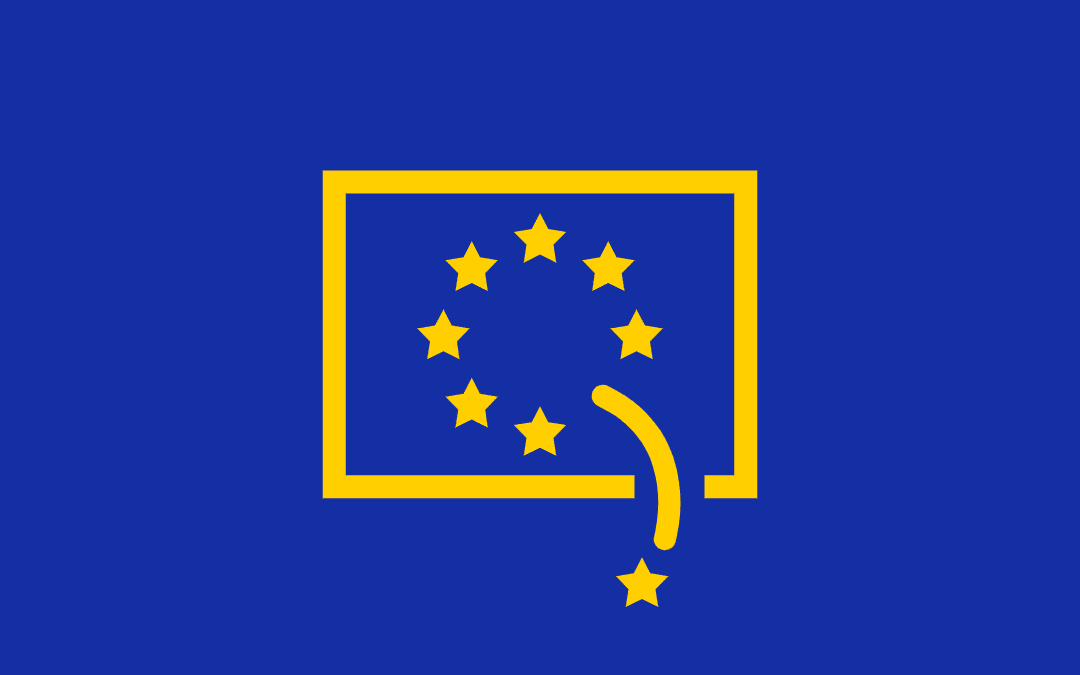
by Clair Mooney | Mar 18, 2022 | Main News Feed
There remain considerable uncertainties regarding the economic impacts of Russia’s invasion of Ukraine as well as the effects of tightening sanctions on Russia.
Whilst demand in the UK economy and construction currently remains robust, strengthening supply chain constraints and higher inflation will inevitably hit growth.
The extent to which this occurs will be dependent on the extent of the conflict and markets’ uncertainty surrounding its impacts, the duration of the conflict and the length of time at which energy costs remain at post-financial crisis peak levels.
This guidance note from the Construction Products Association looks at the potential ramifications on the construction supply chain.

by Iain McIlwee | Mar 15, 2022 | Main News Feed
New guidance has been published for UK Conformity Assessment Bodies (CABs) who are intending to subcontract tasks such as testing, certification or inspection. This process will limit the the need to test new products in the UK and Europe separately for the purpose of conformity marking (UKCA and CE Marking).
Overview of Guidance
Subcontracting is the act of contracting another body to do a task, which you have been appointed to perform, as part of the conformity assessment process. This is also commonly referred to as ‘outsourcing’. UK CABs can subcontract most tasks within the UKCA conformity assessment process, such as testing, certification or inspections. However, the decision on conformity itself must be made by a UK CAB.
If a CAB has an overseas subsidiary, the subsidiary to carry out the conformity assessment activities subject to the same conditions as using sub-contractors.
Subcontracting does not include when individuals are contracted-in as employees of a UK CAB (regardless of where they are employed). These individuals fall under the quality management system of that body.
There may be different conditions for products approved under the terms of a mutual recognition agreement (MRA) with the UK. The requirements for CABs are detailed within these agreements.
Note EU does not afford a reciprocal privilege to Notified Bodies for CE marking and this process will not impact legacy testing, where the lack of mutual recognition in the Exit Agreement prevents recognition of historic testing or Engineering Assessment Documents for some CE Market products (those covered by ACVP 3).
More information on sub-contracting is available on the Government website here
To access the FIS Brexit Toolkit click here

by Clair Mooney | Mar 11, 2022 | Main News Feed
To help clients and the industry to implement procurement practices that will deliver safer buildings post Grenfell, the Government has published guidance on collaborative procurement for design and construction to support building safety. Dame Judith Hackitt and other speakers will be formally launching the guidance at a free online event on Monday 28 March between 2-4pm.
The New Hospital Programme (NHP), which is developing 48 hospitals by 2030, has published its first commercial pipeline to give suppliers visibility of current and future contract opportunities. It provides information on proposed projects up to 2024, including estimated contact value, start date, length and sourcing route.

by Clair Mooney | Mar 11, 2022 | Main News Feed
The
latest information from Builders’ Conference shows that
451 contracts worth £6.1 billion were awarded in February. Whilst the number of contracts increased again, the value dipped slightly, although it was consistent with the monthly average over the last year (£6.2 billion). 78% of all the contracts awarded by value were in the private sector. Overall, there were 152 housing projects worth £2.4 billion (39%), the largest of which was a £320 million project to build over 1,200 homes in Watford; 64 office projects totalling £684 million (11%); and 56 education projects worth £524 million (9%).
The number of tender opportunities was 9% lower than the previous month and 49% below the monthly average for the past year.

by Clair Mooney | Mar 9, 2022 | Main News Feed
All timber originating from Russia and Belarus is ‘conflict timber’ and therefore cannot be used in PEFC-certified products, the Board of PEFC International clarified today.
PEFC is extremely concerned about the Russian government’s attack on Ukraine. The military invasion is in direct opposition to our core values. This aggression causes unspeakable and unacceptable pain and death to innocent people, including women and children. It also has an immediate and long-term destructive impact on the environment, on forests, and on the many people that depend on forests for their livelihoods.
The clarification that timber from Russia and Belarus is conflict timber follows an extraordinary meeting by the PEFC International Board to discuss Mr Putin’s military aggression against Ukraine and its implications for PEFC and PEFC-certified forest owners and companies.
The categorisation of timber from Russia and Belarus as conflict timber follows the adoption of the Resolution on Aggression against Ukraine by the United Nations General Assembly, which “deplores in the strongest terms the aggression by the Russian Federation against Ukraine […] [and] the involvement of Belarus”.
The PEFC International Board continues to monitor the situation and will consider additional measures as necessary.
PEFC has created a set of FAQs which is available at https://pefc.org/conflict-timber-faq
The clarification that timber from Russia and Belarus is to be categorised as ‘conflict timber’ is based on the UN General Assembly Resolution A/ES-11/L.1 (2 March 2022) “Aggression against Ukraine” during the 11th Emergency Special Session, to safeguard the integrity of PEFC chain of custody certification. This clarification is initially valid for six months.

by Clair Mooney | Mar 3, 2022 | Main News Feed
The National Cyber Security Centre (NCSC), the UK’s technical authority on cyber security, have issued
guidance for organisations on the steps they need to take to bolster the UK’s resilience against the heightened risk of malicious cyber incidents in and around Ukraine. We know many organisations and businesses in the UK have well laid out plans and good cyber security measures in place. However, due to the nature of online global networks, attacks that occur overseas could have an impact on UK institutions, services and systems. This is why organisations and businesses are being urged to take action now.
While the NCSC is not aware of any current specific threats to UK organisations in relation to events in and around Ukraine, the guidance encourages organisations to follow actionable steps that reduce the risk of being impacted by cyber attacks, including:
- patching systems;
- improving access controls and enabling multi-factor authentication;
- implementing an effective incident response plan;
- checking that backups and restore mechanisms are working;
- ensuring that online defences are working as expected, and;
- keeping up to date with the latest threat and mitigation information.
For further information visit: https://www.ncsc.gov.uk/guidance/actions-to-take-when-the-cyber-threat-is-heightened where you will find the relevant advice, actions and resources.






